In the mid-1800s, an overwhelming number of stray and feral dogs prompted some pretty brutal anti-stray policies, especially in larger cities. Yet despite these turbulent
Author: Taraya Galloway

150 years ago, in March 1872, a sprawling volcanic plateau filled with colorful acid pools, gurgling mud springs, and soaring geysers became the United States’
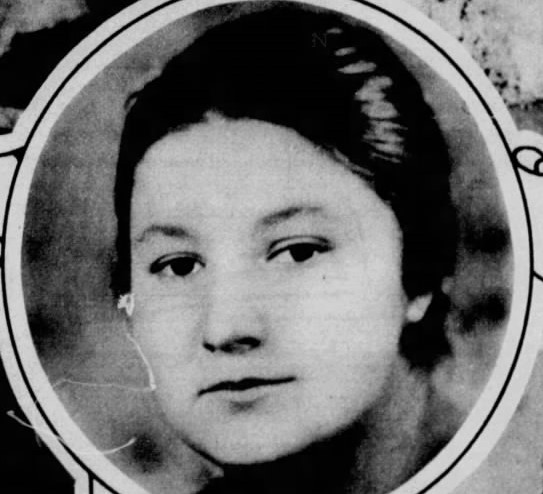
“Menchik Mate” from Menchik-Thomas chess game, London 1932 Sat, Jan 30, 1988 – 62 · The Bangor Daily News (Bangor, Maine) · Newspapers.com The name
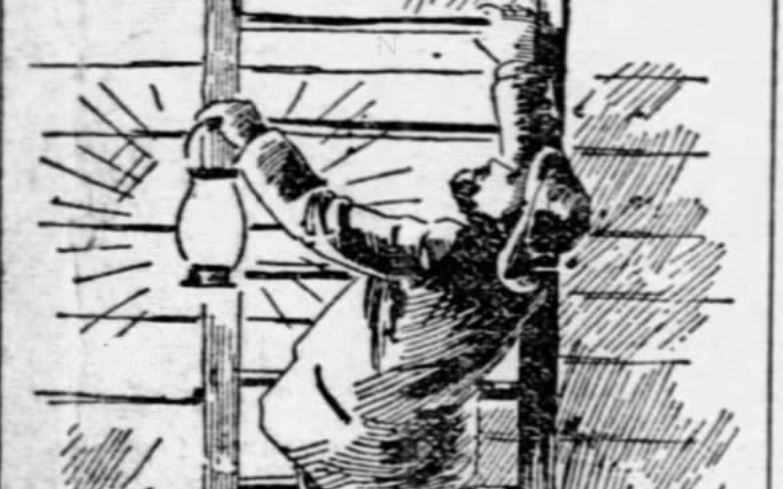
The frosty fall season has once again settled over the northern hemisphere. For some that means warming up against the cold, while for others it’s
“The soda jerk was a local folk hero” Sun, Jul 1, 1984 – Page 24 · The Pantagraph (Bloomington, Illinois) · Newspapers.com It’s National Root
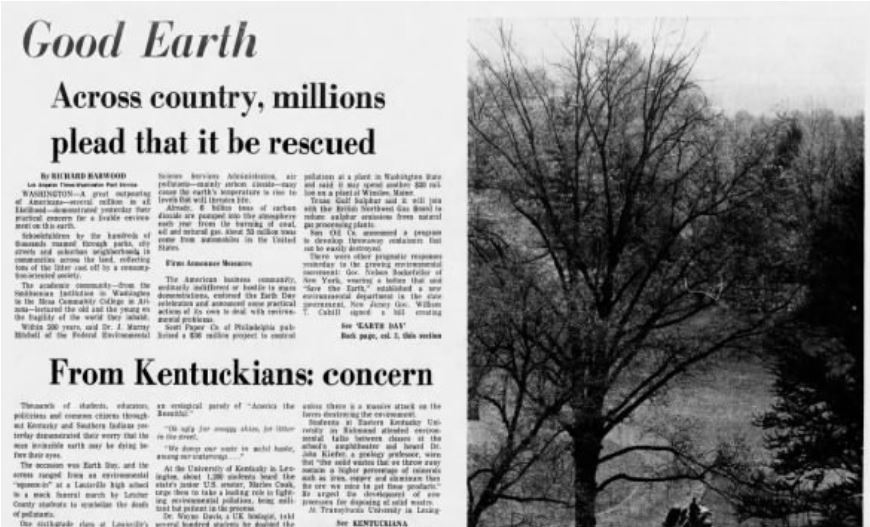
April 22, 2020, is the 50th anniversary of Earth Day. Inspired by the anti-war movement of the 1960s, this now-global effort was first introduced by
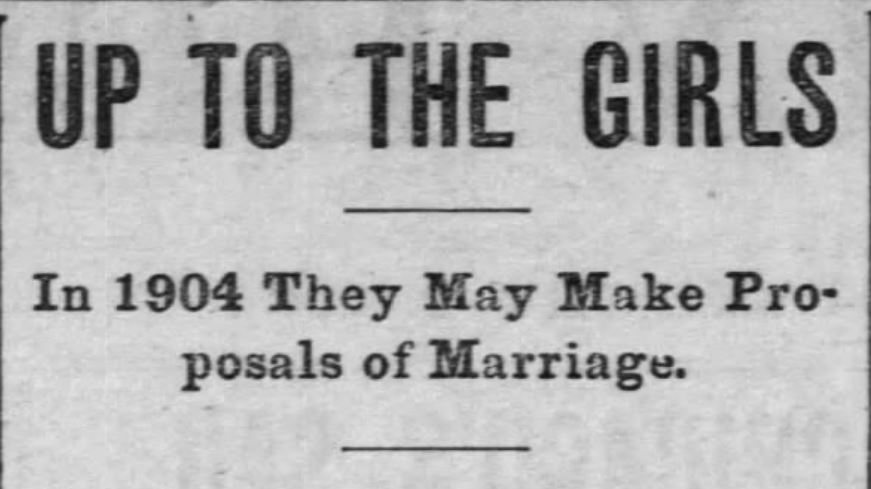
It’s 2020, which means another Leap Year is upon us once again! For an event that only shows up once every four(ish) years, traditions associated
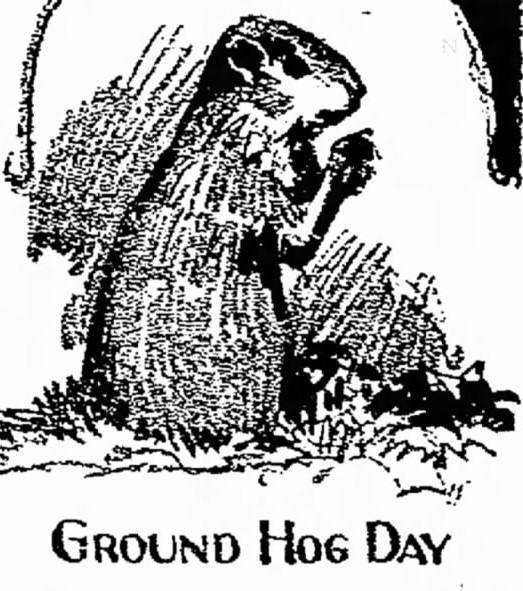
Groundhog Day 2020 is just around the corner (on February 2nd, for those curious). With it comes the usual hullabaloo surrounding the noble groundhog and
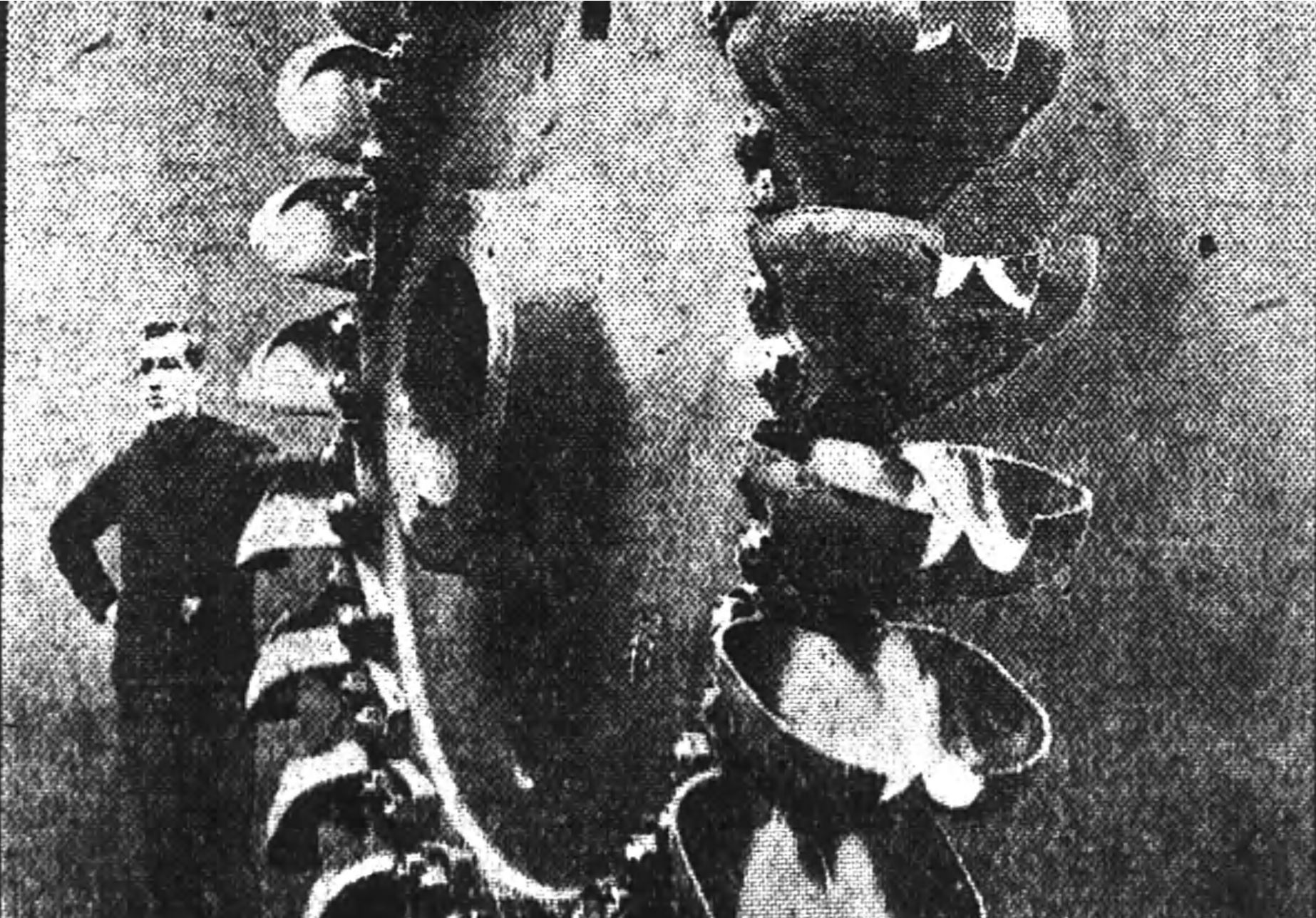
For almost half of every year, Norway’s valley town of Rjukan sees no direct sunlight. Cable cars to the mountaintop allow residents to seek out
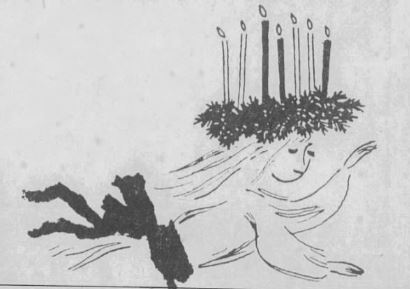
From Kwanzaa candles to Christmas’s electric festoons, end-of-year holidays bring light to the northern hemisphere’s darkest months. Light crackling and twinkling merrily against a frozen


